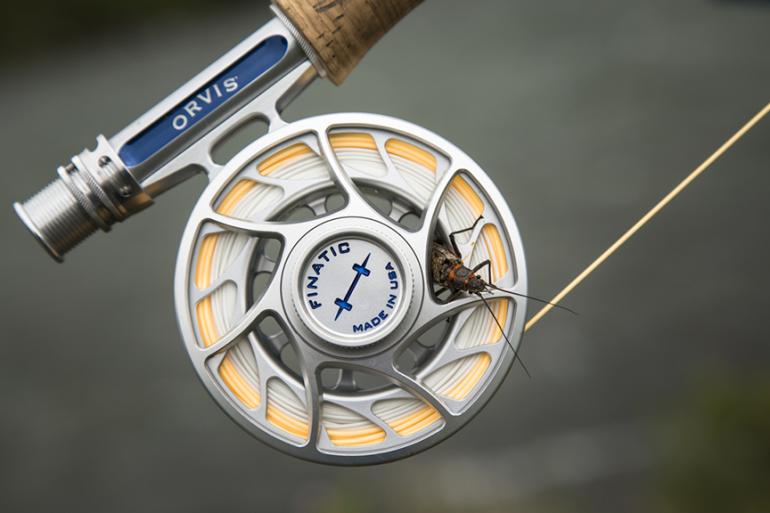Fishing for Funding
Sportfish and wildlife restoration programs.
In a civilized and cultivated country, wild animals only continue to exist at all when preserved by sportsmen.—Theodore Roosevelt
No one likes paying taxes, but when it comes to the Federal Aid in Sport Fish Restoration Act, the payoff is well worth the cost. Implemented in 1950, the bill placed a manufacturing tax on fishing equipment, which is allocated for fisheries conservation, access, and education. From every dollar you spend on fishing gear, around 10 cents goes to these conservation projects. In fact, the original bill is credited with the very survival of the U.S. Fish and Wildlife Service (USFWS), which would likely have been on the federal chopping block long ago without the tax’s support.
After the taxes are collected from manufacturers, the USFWS awards grant funds to its state partners. Montana Fish, Wildlife & Parks (FWP) receives about 20% (or almost $18 million) of its annual budget this way, and spends most of its share on fisheries research, development and stocking of fisheries, operation and maintenance of facilities such as angler access points and fish hatcheries, and habitat restoration—programs that benefit anglers universally.
In turn, the state’s efforts result in more and better opportunities for anglers and boaters, and ultimately their positive experiences lead them to purchase more fishing products that start the cycle all over again. It has been called the most successful conservation management program in the world—if only all taxes were so productive.
Shot in the Arm
Fishing equipment isn’t the only gear that’s taxed—hunting sales also support conservation. Nearly 80 years ago, the Pittman-Robertson Federal Aid in Wildlife Restoration Act (P-R) redirected an excise tax on hunting equipment to provide grants for wildlife conservation. The tax rate for firearms and ammunition is between 10 and 11%, with funds distributed to states based on a federal formula. Today P-R funding comprises over 10% of the entire Montana Fish, Wildlife & Parks budget. This year, Montana is eligible for $28 million—a major increase from the 2009-2013 average of $11.1 million. P-R funds are put toward wildlife conservation, hunter education, and land acquisitions for wildlife habitat or public access.—Felicia Hamilton













